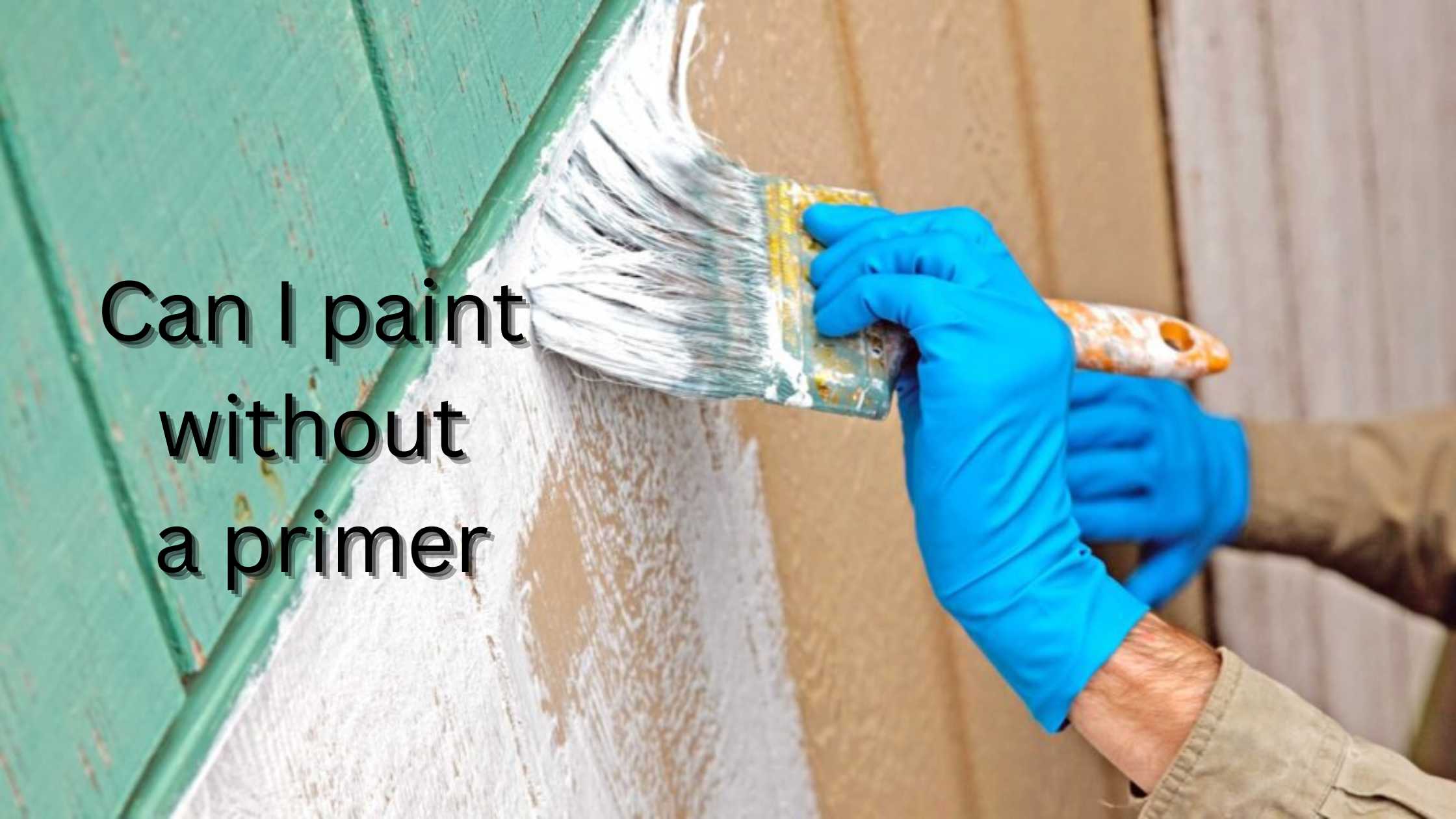Using a primer before painting your walls will make the process go smoother. This is because the primer is designed to serve as a barrier between the surface and the new paint. This is a good idea if you are changing colors, want to paint over an old coat of paint, or want to make sure your paint job looks good. The primer also acts as a sealer to make the new paint adhere better.
Employing a primer before painting your walls facilitates a smoother process. Primers serve as a barrier between surfaces and new paint, especially when changing colors or applying over an old coat. Consulting with expert house painters in Navi Mumbai can enhance insights into effective painting practices for optimal results.
In addition to being a sealant, primer is an excellent way 2 protect your old paint from UV light. This is especially important if you are using a newer paint color. This means it is a good idea to prime your walls with a water-based primer first. You can also use an oil-based primer, but these tend 2 take longer to dry. It would be best if you only used these primers in rooms with good ventilation.
Besides serving as a sealant, primer safeguards your old paint against UV light, especially crucial with newer paint colors. It’s advisable to prime walls with a water-based primer initially; while oil-based primers work too, they take longer to dry and should be used in well-ventilated rooms, aiming for a paint job lasting 5 to 10 years, depending on various factors like climate and paint quality.
Primer is only sometimes necessary, however. If you’re painting a few minor repairs, you don’t need to go through the trouble of using a primer.
The best way is if you need a primer is to closely inspect the surface you plan to paint.if you are working with bare drywall, you might be surprised by its absorbent.You’re paint will soak the surface without a primer leaving you with blotchy patches.
If you are tackling a painting project that includes wood, you may not need to use a primer. However, if you plan to paint over a coat of wood paint, you’ll want to prime it first. It’s also essential to take the time to prime your wall before you start painting, as you’ll need to do a little sanding first. The sanding process will also make the surface easier to paint on.
A primer is also good if you plan to cover up a stain. Stains leak through paint, and without a primer, you’ll probably need to repaint your wall several time. Fortunately, a primer can make a stain disappear, while a high-quality primer will also prevent odor from reoccurring.
Primer is also good if you are working on a large project. It’s also the best way to ensure a clean, uniform finish. Paint without a primer will wear out faster. In addition, a primer can block out the light from your windows. It can also prevent stain bleed-through, so you won’t have to worry about your new paint covering up stains.
Having a primer also means that you will be able to use less paint. When you are painting over a bare surface, you will be able to get a smooth, even finish with a few coats. This will help you save time & money. If you don’t have much time, consider self-priming paint.in this way, you will be able to get the job done without having to commit to a long drawn-out painting project.
Utilizing a primer allows for the use of less paint, achieving a smooth, even finish with fewer coats over a bare surface. This approach saves both time and money. If time is limited, considering self-priming paint can expedite the painting process without committing to an extended project, considering factors like surface condition and paint type needed for a house painting job.



